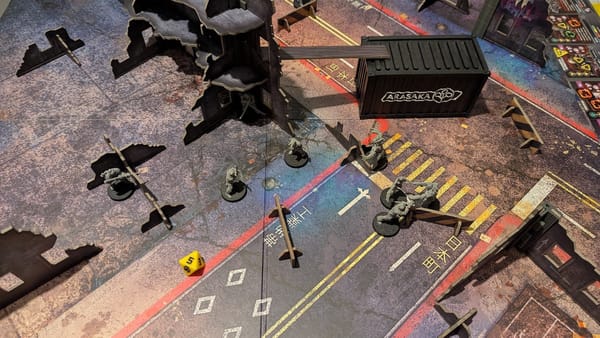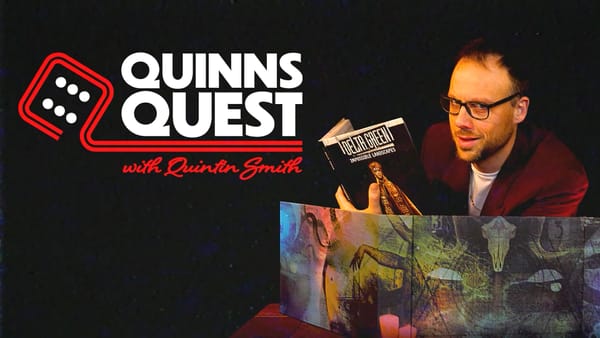Wargames, what are they good for?
Other than draining my bank account, obv

When my Warhammer: Age of Sigmar: Skaventide: Subtitle article appeared on Rascal, I’m sure that a few people wondered what the heck those nasty wargames were doing on this lovely RPG site. The announcement that I would be back with more of my filthy plastic perversions must have brought on much wailing and gnashing of teeth, or at least one mild eye roll. Don’t worry: I get it. While I’ve always considered RPGs and wargames to be intimately connected, I know plenty of people who enjoy one but not the other. That said, I do hope you’ll allow me to make my case why you, a pure and noble RPG enjoyer, should not only tolerate but also cherish the presence of tiny toy soldiers on Rascal.
Historically, the two are inextricably linked. Dave Arneson’s Blackmoor game, which used now familiar concepts such as player characters and experience points, was built on Chainmail, a mediaeval wargame that Gary Gygax had contributed material to, including a fantasy supplement. The two then developed these ideas to create Dungeons & Dragons. Warhammer producer Games Workshop’s early success was built on importing D&D to the UK before moving on to licensing and reprinting UK editions of many RPGs. Although the company shifted focus to its own products in the early ‘90s, White Dwarf magazine and the network of Games Workshop stores were originally for tabletop gaming as a whole. While wargaming would certainly exist without GW Warhammer, particularly Warhammer 40,000, absolutely dominates wargaming both commercially and in the public consciousness, much as D&D does for RPGs.





